When it comes to underwater survival, some animals possess incredible breath-holding abilities, allowing them to dive deep and stay submerged for astonishing periods. But which animal holds the crown for the longest breath-hold underwater? Let’s dive into the world of nature’s top divers and discover which animal can hold its breath the longest underwater!
Topping the list is the Cuvier’s beaked whale (Ziphius cavirostris), a deep-diving marine mammal that holds the record for the longest-known breath-hold. In 2020, scientists recorded a Cuvier’s beaked whale staying underwater for a mind-blowing 222 minutes (over 3.5 hours)!
Cuvier’s beaked whales are masters of deep dives, regularly descending to depths of almost 3,000 meters (nearly 10,000 feet) to hunt squid and fish. Their remarkable physiology allows them to slow their heart rate and conserve oxygen, making them the undisputed breath-holding champions of the animal kingdom.
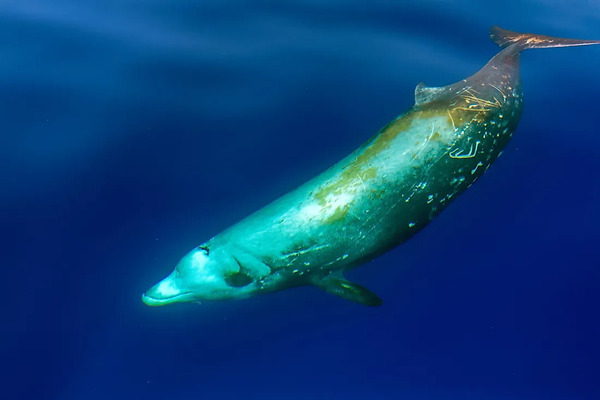
Close behind is the sperm whale (Physeter macrocephalus), another deep-sea diver that can hold its breath for up to 90 minutes. These massive whales, famous for their appearances in literature like Moby-Dick, dive to depths of up to 2,000 meters (about 6,600 feet) in search of their favorite prey—giant squid.
Sperm whales have large, oxygen-rich muscles and specialized adaptations like the oily spermaceti in their heads, which helps with buoyancy control, making them efficient deep-sea hunters.
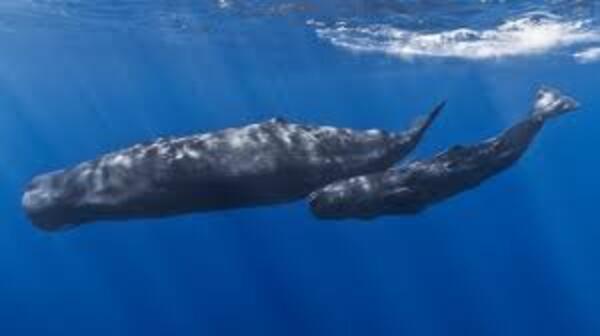
Among non-whale animals, the southern elephant seal (Mirounga leonina) is the top performer. These massive seals can hold their breath for up to two hours during dives, reaching depths of 2,388 meters (7,835 feet). Southern elephant seals are incredible divers, using their oxygen-efficient blood and muscles to stay submerged while hunting fish and squid in the deep, cold waters of the Southern Ocean.
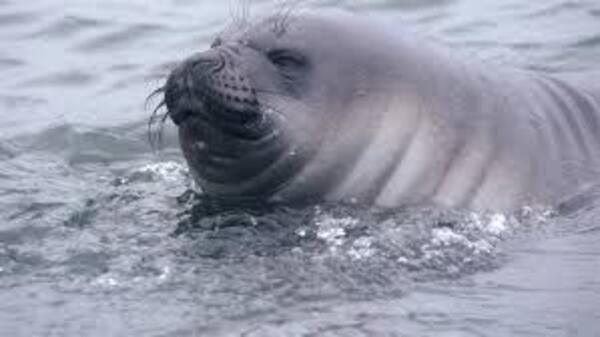
On the bird front, the emperor penguin (Aptenodytes forsteri) is the breath-holding champion. These hardy birds, native to Antarctica, can hold their breath for up to 20 minutes during dives that reach depths of 500 meters (1,640 feet). Emperor penguins store oxygen in their blood and muscles, allowing them to pursue fish and krill in the icy waters of the Southern Ocean.
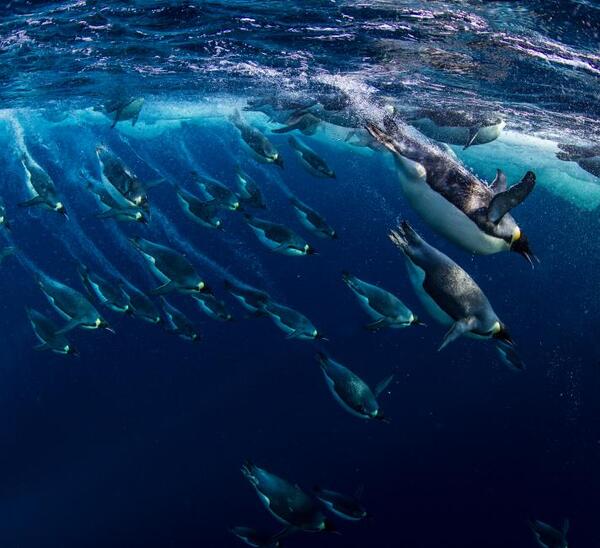
Many species of sea turtles, such as the green sea turtle (Chelonia mydas), are exceptional breath-holders. Sea turtles can remain underwater for up to five hours, but they typically surface much more frequently. They use a unique ability to reduce their heart rate dramatically, conserving oxygen while resting or hiding from predators.
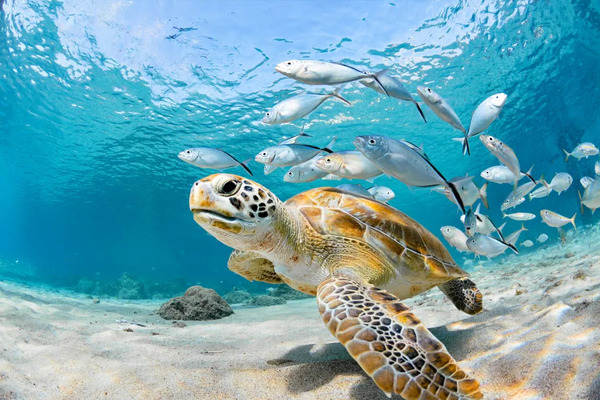
Another seal species with impressive breath-holding abilities is the Weddell seal (Leptonychotes weddellii). These Antarctic seals can stay underwater for over an hour, diving as deep as 600 meters (1,970 feet) in search of fish and other prey beneath the ice.
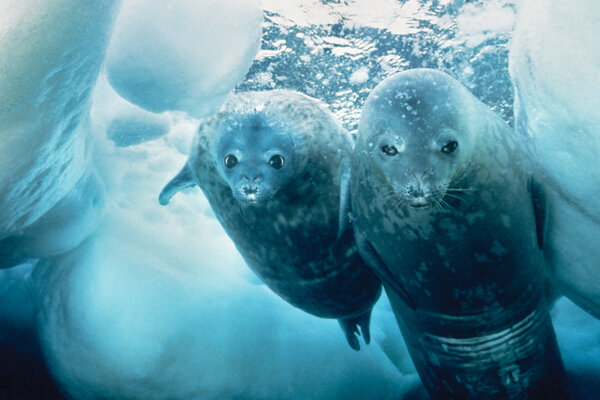
Though not as extreme as whales or seals, sea otters (Enhydra lutris) can still hold their breath for up to 5-8 minutes while foraging for food like sea urchins, clams, and crabs in coastal waters. These playful marine mammals rely on their dexterity and strong swimming ability to navigate the underwater world.
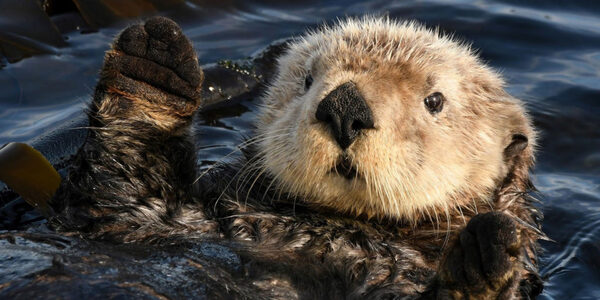
Several adaptations allow these animals to hold their breath for extended periods underwater:
Slowed Heart Rate: Many deep-diving animals, like whales and seals, can slow their heart rate dramatically (a process known as bradycardia) to reduce oxygen consumption while underwater.
Oxygen-Rich Blood and Muscles: Animals like whales and seals have large amounts of hemoglobin and myoglobin, proteins that store oxygen in the blood and muscles, giving them more capacity to stay submerged.
Efficient Use of Oxygen: These animals have evolved to use oxygen efficiently, directing it to essential organs like the brain and heart while shutting down non-essential systems during a dive.
When it comes to the animal that can hold its breath the longest underwater, the Cuvier’s beaked whale reigns supreme with a staggering 222-minute record. Close behind are other deep-diving champions like the sperm whale and the southern elephant seal.
While most humans can only hold their breath for a few minutes, these aquarium/52-marine-animals.html">marine animals have evolved to survive—and thrive—in the ocean’s depths, making them some of nature’s most extraordinary creatures.
So next time you’re near the ocean, remember the amazing breath-holding feats happening far beneath the surface!
animal tags: Sea-Turtle
We created this article in conjunction with AI technology, then made sure it was fact-checked and edited by a Animals Top editor.